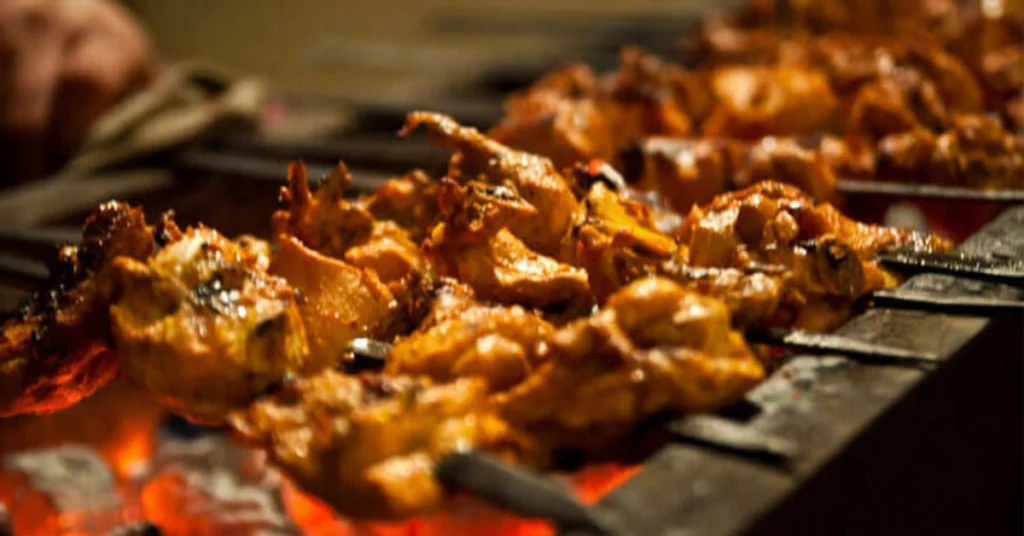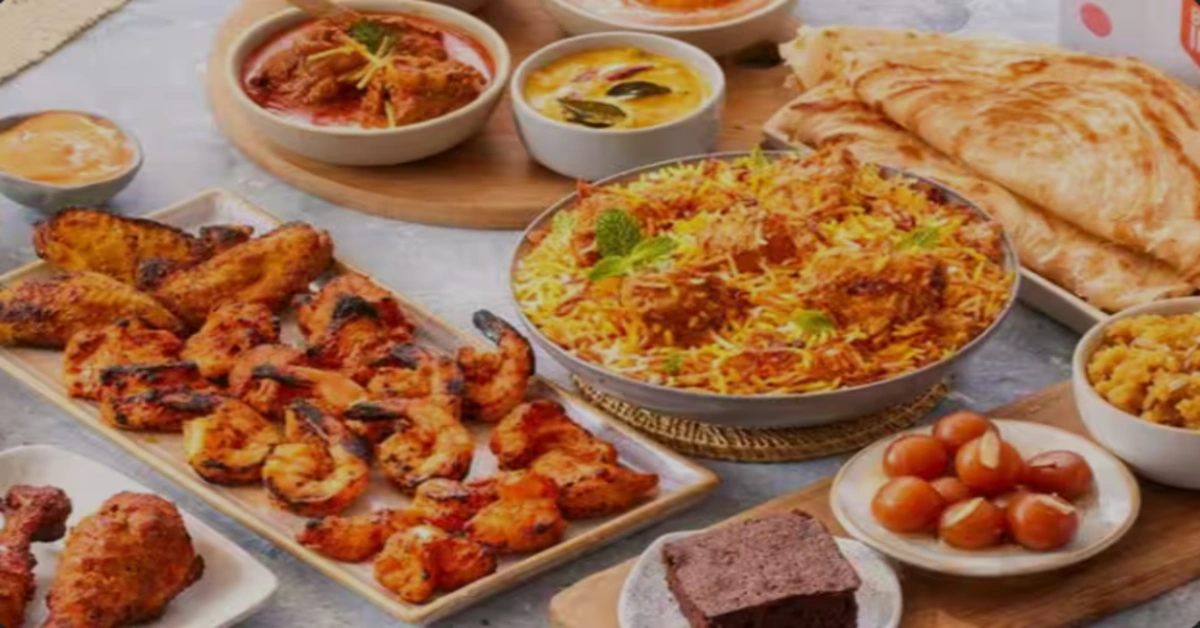Discover why Pakistani food is loved worldwide, from flavorful biryani to smoky BBQ. Explore rich traditions, street food, and global favorites.
Introduction
If you’ve ever sat down to a Karachi-style biryani that perfumes the room before it hits the table, or torn into a charred, juicy skewer fresh off the grill, you already know why people rave about Pakistani dishes. It blends centuries of migration and trade, regional terroir, and family tradition. The result is a cuisine that feels both comforting and thrilling—slow-cooked gravies, fragrant rice, crackling breads, bright chutneys, and fire-kissed meats served with unapologetic generosity.
Biryani: The Crown Jewel of Rice Dishes
It’s roots trace back to Persia and evolved through South Asian courts, culminating in regional Pakistani styles like Sindhi biryani tang, Sindh spice-forward heat, or Karachi potato-studded layers.
What makes this dish so irresistable:
Parboiled long-grain rice that steams to fluffy, separate grains.
Marinated meat, often in yogurt, layered with rice, fried onions, and whole spices.
“Dum” steaming traps aroma, fat, and juices, imprinting every grain and bite. These elements—sensory contrast and aromatic richness—explain its worldwide love.
Pakistani BBQ Traditions
Live-fire cooking in Pakistan tells a story of char, aroma, and patience. It’s a potent sensory language—fueling neighborhoods with smoky flavors and communal joy.
Chapli Kebab (Khyber Pakhtunkhwa)
Named after the Pashto term for flat, these spiced patties are crisp at the edges, moist inside, and pride of Peshawar’s food legacy.
Sajji (Balochistan)
Whole lamb or chicken is skewered and roasted slowly—minimal seasoning, maximum smoke and meat flavor—beloved in Quetta and beyond.
Together, these dishes showcase the strength of simple seasoning, charcoal essence, and texture contrast as hallmarks of Pakistani BBQ style.

More Flavorful Plates That Travel Well
There are several other dishes deeply resonate:
Nihari: Slow-cooked, marrow-rich stew often paired with naan—comfort personified.
Karahi & Qorma: Karahi is your wok-to-table burst of tomato, chili, and ginger; qorma offers aromatic, silky richness.
Street Snacks: Chaat, bun kebab, samosas, and pakoras deliver crunch, sourness, and heat—spice “spikes” that keep people coming back.
Also Read: 12 Rabiul Awwal 2025: Honoring Birth of the Prophet Muhammad
The Flavor Science Behind the Appeal
Aromatics + Fat = Lingering Perfume
Spices release aroma when bloomed in ghee or oil, making every bite vivid.Acid for Balance
Sour yogurt in Sindhi biryani, tamarind in chaat, or lemon on kebabs brighten heavy flavors.Smoke & Maillard Reaction
Grilled chops and kebabs benefit from charred crusts and juicy centers—Achieving that bitter-sweet perfect bite.
Pakistani Food: From Homes to Global Tables
From London to Lahore, Toronto to Dubai, Pakistani dishes transcends borders. Diaspora communities honor tradition with biryani spreads, late-night kebabs, and creative fusion cafés. This cuisine blends regional roots with global familiarity—fostering its growing appeal.
How to Enjoy Flavors of Pakistan Anywhere
Start strong with biryani or pilau to explore flavor layers.
Sample the grill—chapli kebab, seekh kebab, sajji—paired with naan and raita.
Don’t skip breakfast or street food—nehari, halwa puri, bun kebab, or chaat reveal playfulness in textures.
Balance the spread with bright chutney, pickles, and finish with kheer or jalebi plus chai.




Join The Discussion